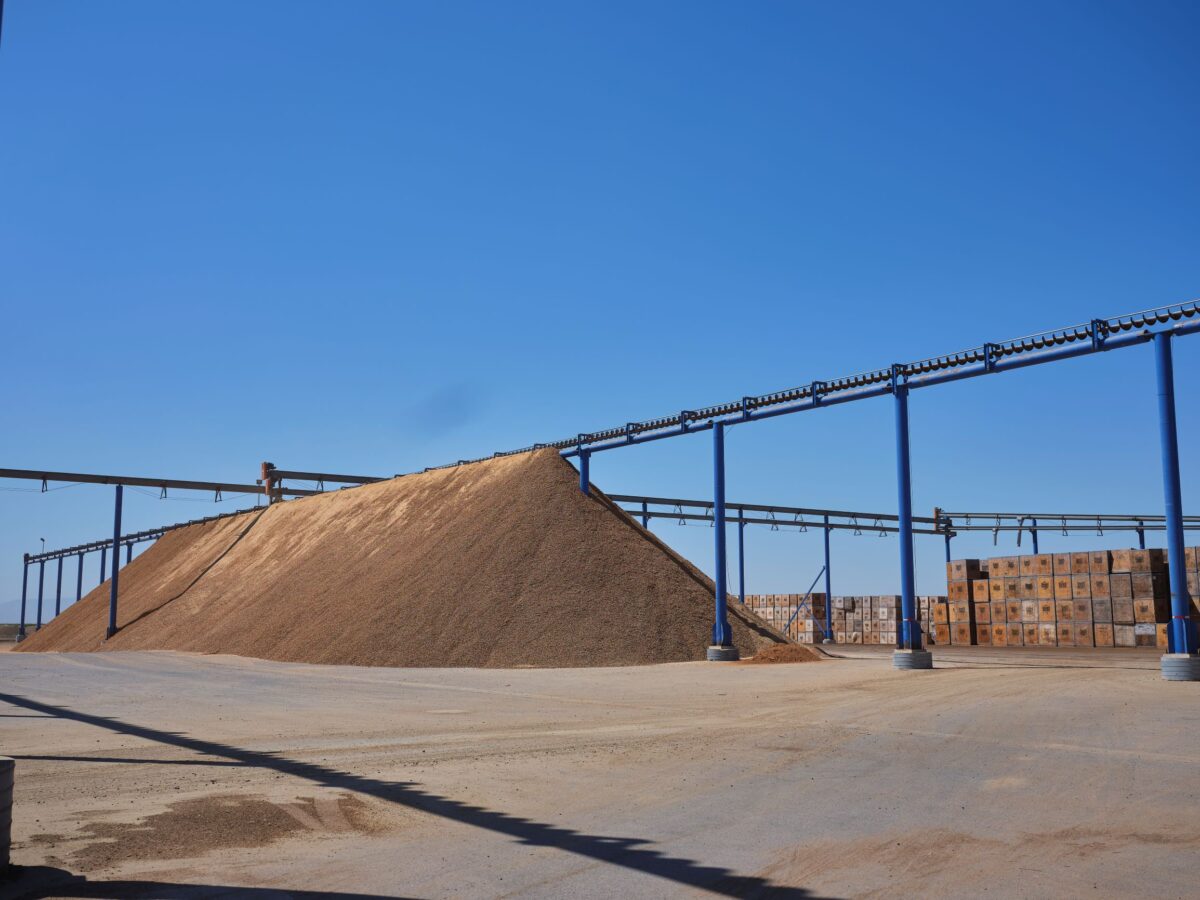










September 2024 Position Report


The September Position Report was released October 11th providing some insight into the supply and demand of the 2024 crop.
Receipts through the end of September totaled 1.03 billion pounds, a 65% increase compared to the same time last year. Don’t read too much into this dramatic increase, however, because it doesn’t really provide much insight into the size of this year’s crop. The extremely late harvest from last year has skewed any comparison. The first few months of receipts are reporting out the throughput capabilities of California’s huller/shellers since they are all currently running around the clock.
We do have a good sample size to assess crop quality based on the USDAs that have been completed to date. The first billion pounds of 2024 crop had a weighted average of 2.96% inedible. This is a significant improvement from the 2023 crop inedible (4.23%), but still much higher than what we experienced in 2022 (2.1%) and 2021 (1.96%). While there’s still a lot of crop left to evaluate quality, it appears that overall it’s trending in a positive direction relative to last year.
On the demand side of the equation, total shipments for September were 213.6 million pounds, a decrease of about 2% compared to last year. Domestic shipments played a part in the decline, landing at 55.9 million pounds, about an 11% reduction from last year. On the other hand, export shipments experienced about a 2% year-over-year increase, coming in at 157.6 million pounds.
The main driver of improved export shipments was the Middle East, with 38 million pounds in shipments for September, an increase of 20 million pounds compared to the prior year. Western Europe, however, experienced the opposite effect, reducing by 11 million pounds shipped year-over-year (Sept ’23- 38.5M lbs vs. Sept ’24- 27.4M lbs).
At first glance, the Western Europe trend could look concerning, but part of the reduction can be explained by crop availability over the last two years. This part of the world prefers Carmel and Cal type varieties, which typically don’t make it through processing and packing until October. In the prior year, the carryout was 800MM lbs and much of the old crop was still being delivered to Europe. This year, with a much smaller carryout, that option is less available, requiring Western Europe to wait for the 2024 crop to meet their demand for Carmel and Cal type varieties.
New sales for the month were 273 million pounds compared to 270 million pounds sold at this time last year. This is a healthy increase in new sales. A large percentage of those sales are for prompt delivery into areas like Western Europe, landing in October and creating for a strong possibility of increased shipments month over month.
The industry’s overall estimated sold position is right at 32.3%, hovering along the 10-year industry low. Note that the sold percentage is using a 2.8-billion-pound estimate for the 2024 crop. A lower actual crop receipt would result in a higher sold percentage. Growers in the South San Joaquin Valley have reported lower than expected yields. While it’s too early to tweak this estimate, we’ll be monitoring closely going forward as more receipts are reported.
While there’s always a lot of information to digest in each position report, we don’t believe there was any news that would create a significant price change in the near term. Trade activity will likely be quiet early this week as a good portion of participants in the almond industry travel to SIAL Paris, a bi-annual fall food show. Price discovery will likely accelerate later in the week and through the weekend as buyers and sellers meet face to face.
